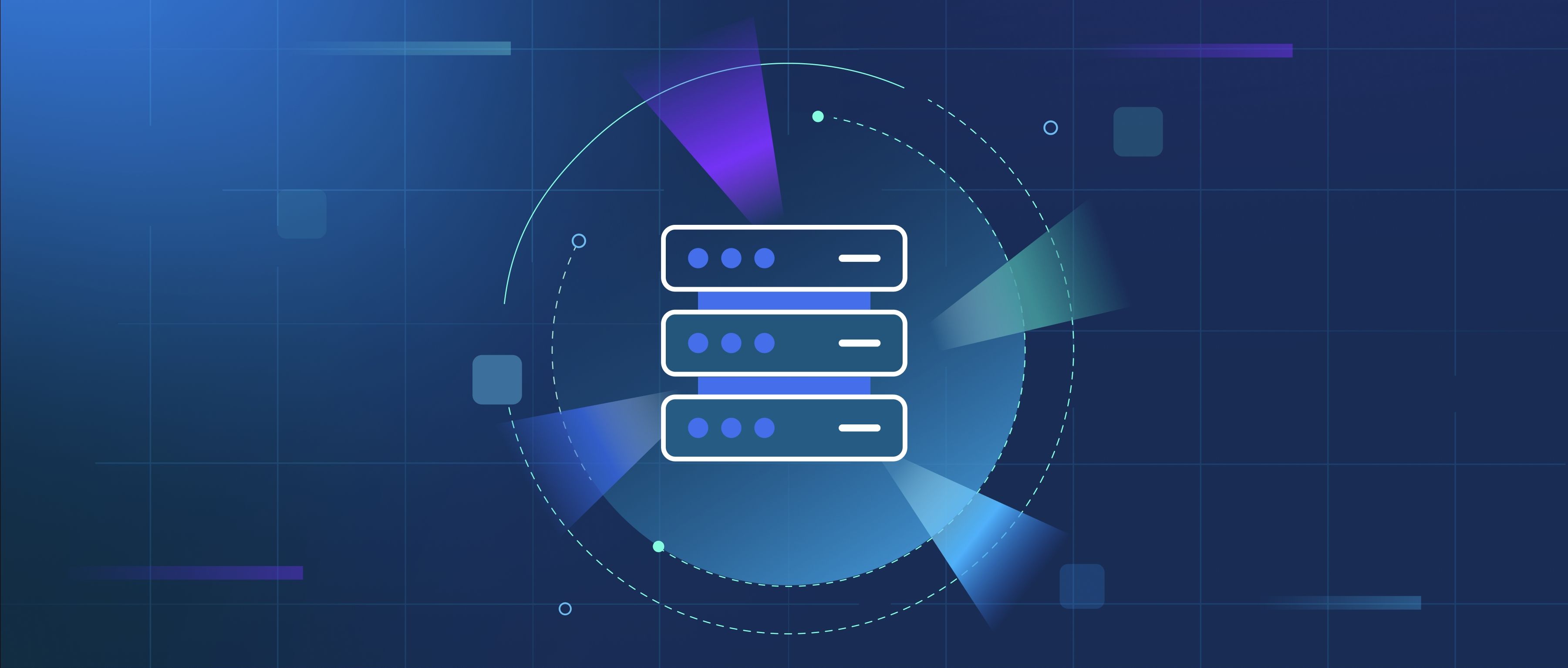Unsupervised learning supports image search by enabling systems to analyze and categorize images without needing labeled datasets. Instead of training a model on predefined categories of images, unsupervised learning algorithms identify patterns and similarities across a vast number of images. This technique allows the system to group similar images together based on features such as color, shape, or texture, which can then be used to enhance search capabilities.
One common approach in unsupervised learning for image search is clustering. For example, algorithms like K-means can be used to organize images into clusters based on their visual features. If a user uploads an image related to a specific object, the search engine can refer to these clusters to find visually similar images without the need for human-labeled training data. This method scales well with large datasets, as it automatically organizes images in a way that is intuitive for users, making it easier for them to discover related content.
Another application of unsupervised learning in image search is dimensionality reduction, such as using techniques like t-SNE or PCA. These methods help to simplify complex dataset representations while retaining important visual information. For instance, when a user searches for a particular style of architecture, these techniques can help the system map and retrieve images that best match that style by recognizing underlying patterns in visual features. Overall, unsupervised learning enhances the flexibility and efficiency of image search systems by enabling them to learn directly from data, promoting better user experiences through improved image retrieval.
